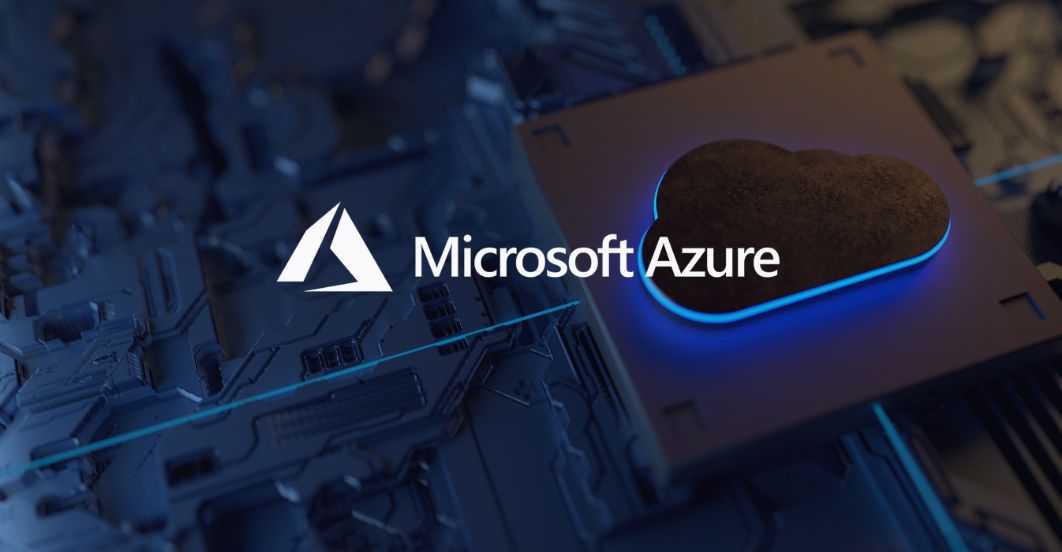O Microsoft Azure é uma plataforma de computação em nuvem líder no mercado, oferecendo mais de 200 serviços de TI em modelo sob demanda, incluindo máquinas virtuais, bancos de dados, redes, serviços cognitivos, containers e muito mais. Para empresas em busca de agilidade, escalabilidade e inovação, o Azure representa um componente estratégico fundamental.
No entanto, a adoção de Azure não é apenas uma decisão técnica: ela exige alinhamento com boas práticas de governança, especialmente na área de IT Asset Management (ITAM) e na manutenção de uma Configuration Management Database (CMDB) atualizada e confiável.
O que é Microsoft Azure?
Azure é a plataforma de nuvem da Microsoft, com presença global em múltiplas regiões, que permite a execução de workloads empresariais, análise de dados em tempo real, desenvolvimento de aplicações, entre outros. A flexibilidade do Azure é um de seus grandes diferenciais, permitindo modelos híbridos (on-premise + cloud) e integrações com ambientes como Windows Server, Active Directory, SQL Server e outras soluções do ecossistema Microsoft.
A importância da integração entre Azure, ITAM e CMDB
Em ambientes empresariais complexos, onde a nuvem se mistura com datacenters tradicionais, manter visibilidade e controle sobre os ativos de TI é essencial.
- ITAM (IT Asset Management): é a disciplina de rastrear, gerenciar e otimizar os ativos de tecnologia ao longo de seu ciclo de vida. Isso inclui hardware, software, licenças, contratos e serviços em nuvem.
- CMDB (Configuration Management Database): é o repositório central de informações sobre os ativos e seus relacionamentos. Ela é a base da governança de TI, suporte a mudanças, resolução de incidentes e auditoria.
A integração entre Azure, ITAM e CMDB garante que os recursos em nuvem não se tornem uma “caixa preta” fora do controle da TI corporativa.
Microsoft Azure e ITAM: como gerenciar ativos em nuvem
Com a transição para o Azure, os ativos deixam de ser apenas físicos e passam a incluir recursos virtuais e serviços contratados sob demanda. Isso requer uma nova abordagem de ITAM:
- Descoberta Contínua: ferramentas como Azure Resource Graph e Azure Monitor permitem identificar ativos em tempo real.
- Classificação e Inventário: cada recurso do Azure (VM, banco de dados, storage, etc.) deve ser classificado corretamente no inventário de ativos.
- Otimização de Custos: Azure Cost Management permite mapear o consumo de recursos e identificar desperdícios.
- Licenciamento e Compliance: é essencial monitorar o uso de licenças Microsoft (e de terceiros) em ambientes Azure para garantir conformidade.
Microsoft Azure e CMDB: governança centralizada e confiável
A CMDB precisa refletir com precisão os recursos em Azure e suas relações. Isso é essencial para:
- Análise de Impacto: entender as dependências entre sistemas e serviços hospedados no Azure.
- Gestão de Mudanças: garantir que qualquer alteração em ambientes Azure esteja registrada e analisada quanto aos impactos.
- Segurança e Auditoria: a rastreabilidade dos ativos em Azure via CMDB é crítica para conformidade com normas como ISO 27001 e LGPD.
A integração pode ser feita através de APIs do Azure ou conectores nativos com plataformas como ServiceNow.
Boas práticas para integrar Azure, ITAM e CMDB
- Automatize a Descoberta: use ferramentas de descobrimento nativas e de terceiros para manter os dados da CMDB atualizados automaticamente.
- Estabeleça Políticas de Tagging: padronize tags em recursos Azure para facilitar rastreamento e classificação.
- Integre com Plataformas ITSM: CMDBs modernas como a ServiceNow permitem integração direta com o Azure para sincronização de dados.
- Capacite a Equipe de Governança: garanta que as equipes de ITAM e CMDB tenham conhecimento sobre a arquitetura Azure.
- Monitore KPIs: avalie a acurácia da CMDB, a economia gerada por ITAM e a visibilidade sobre recursos em Azure.
O papel da ServiceNow na integração Azure + ITAM + CMDB
A plataforma ServiceNow se destaca como orquestradora dessa integração. Ela oferece:
- Conectores prontos para Azure: como o Azure Discovery e Azure IntegrationHub.
- ITAM nativo: para controle de ativos em nuvem e on-premise.
- CMDB robusta: com mapeamento dinâmico de dependências entre recursos.
- Workflows de aprovação e governança: alinhando o provisionamento no Azure com as regras de compliance da organização.
Conclusão
Adotar o Microsoft Azure traz ganhos significativos em escalabilidade, agilidade e inovação. Mas é essencial garantir que essa adoção seja acompanhada por uma governança robusta baseada em ITAM e CMDB.
A integração dessas disciplinas com o Azure não apenas aumenta a visibilidade e o controle sobre os recursos de nuvem, mas também mitiga riscos, melhora a eficiência operacional e assegura conformidade. Para empresas que utilizam ServiceNow, essa jornada se torna ainda mais poderosa, graças à automação e integrações profundas.
Quer saber como a 4Matt pode ajudar sua empresa a integrar Microsoft Azure com ServiceNow, ITAM e CMDB de forma estratégica e segura? Fale com um de nossos especialistas e descubra como transformar a governança da sua nuvem em vantagem competitiva


